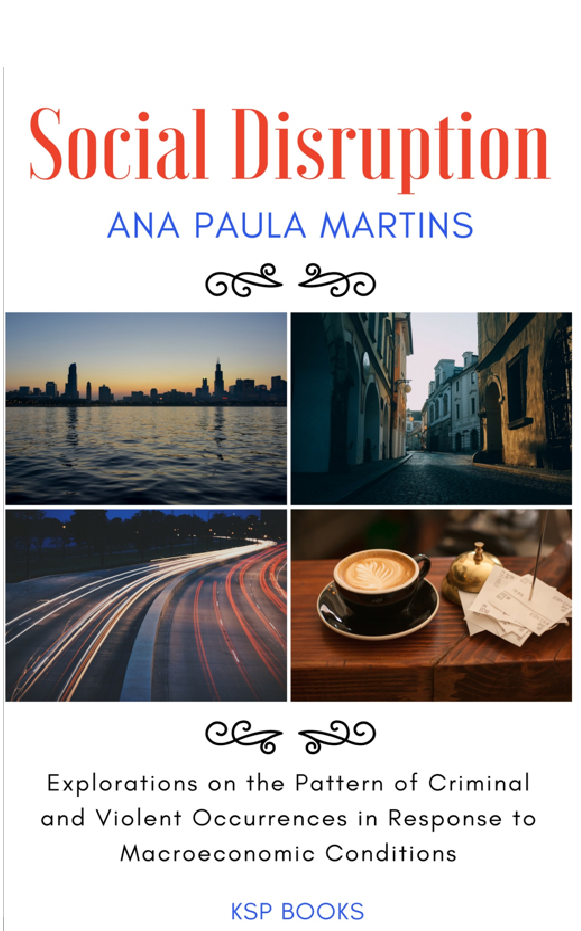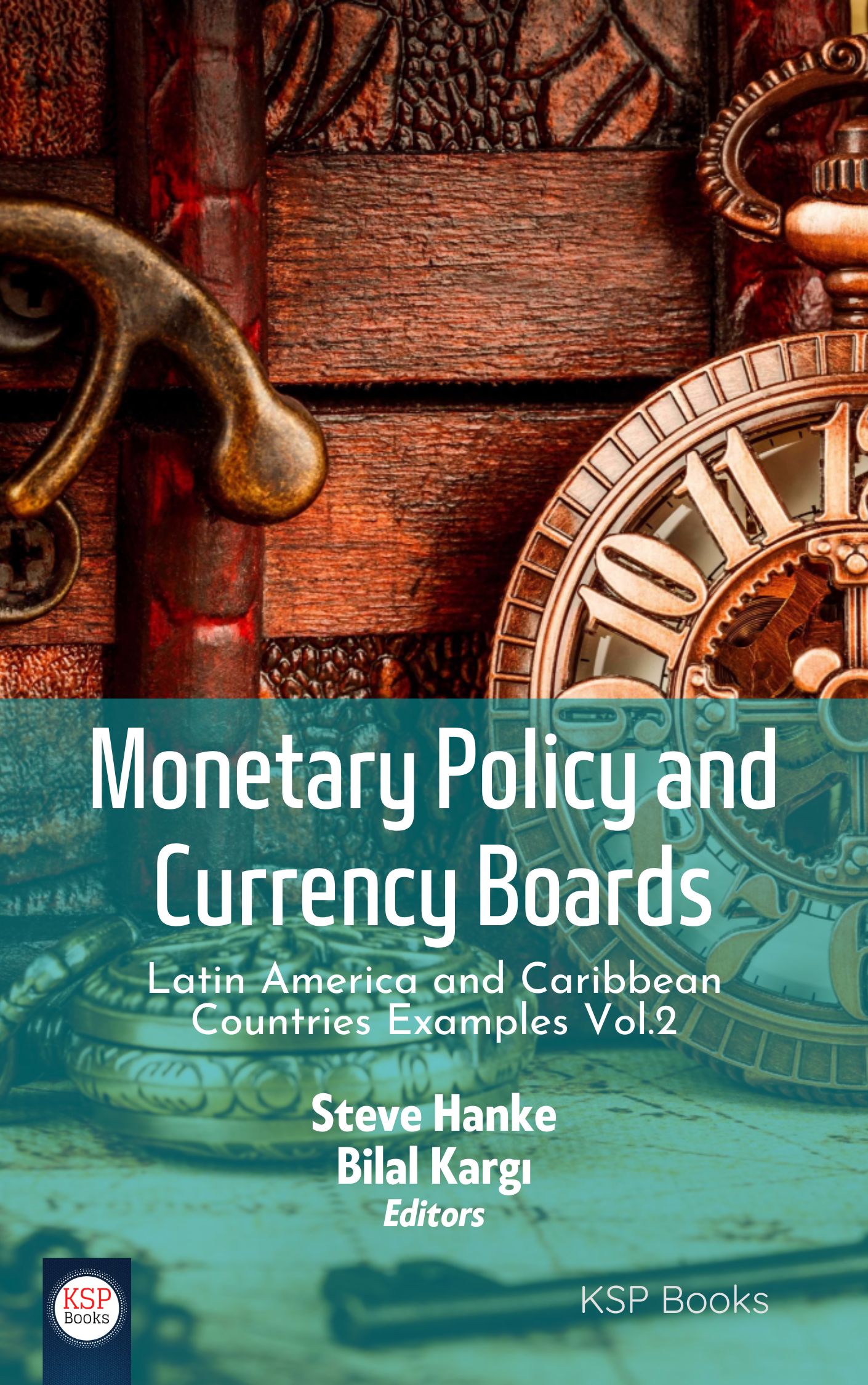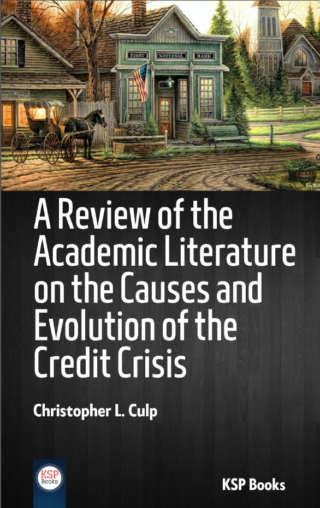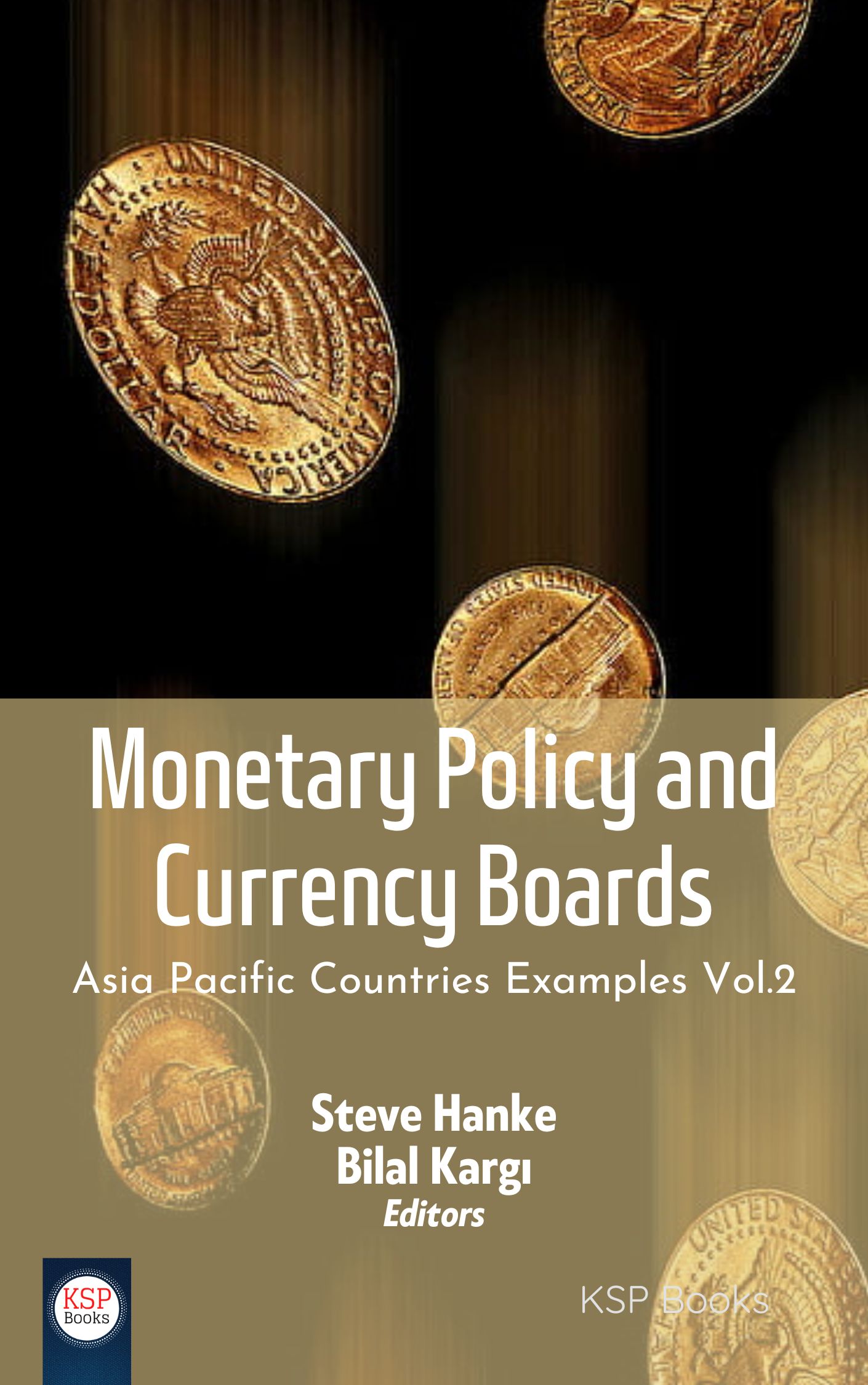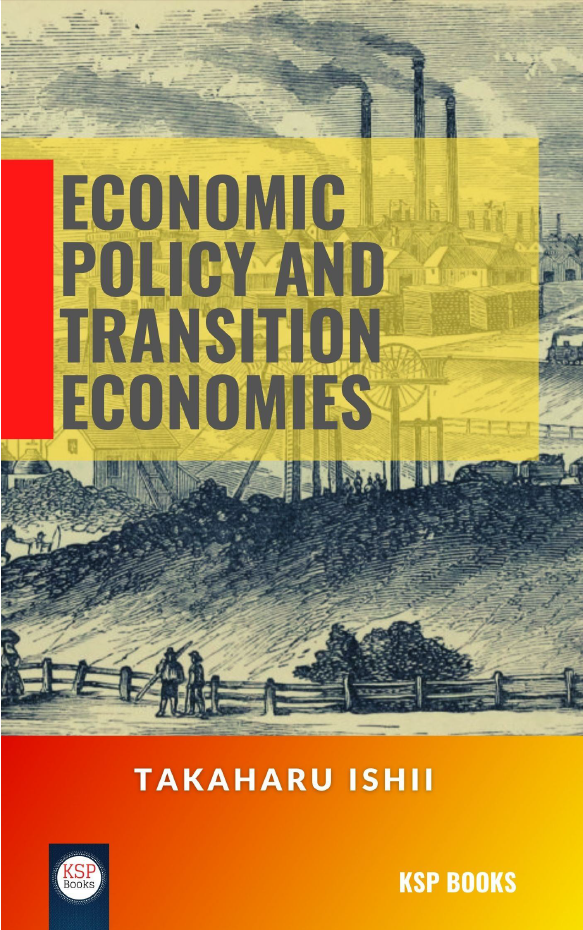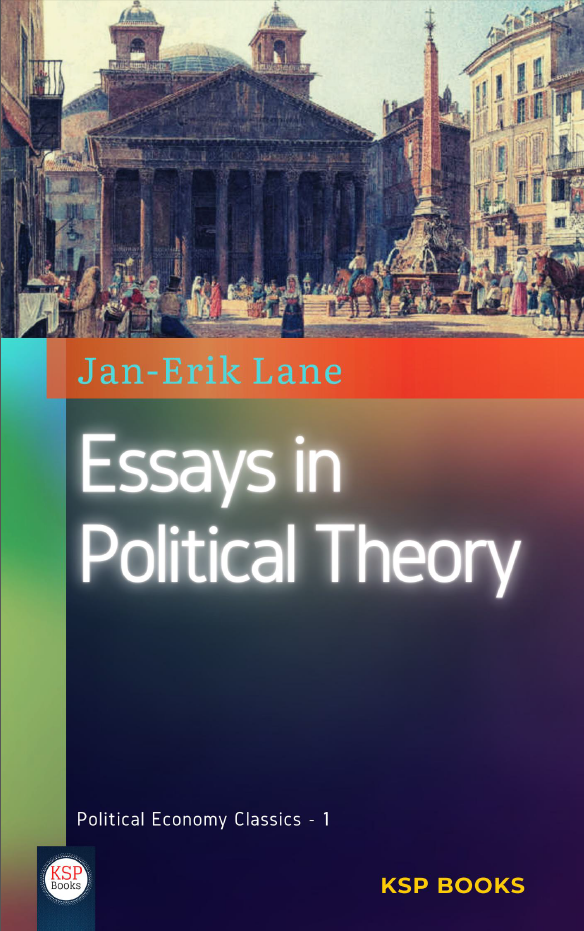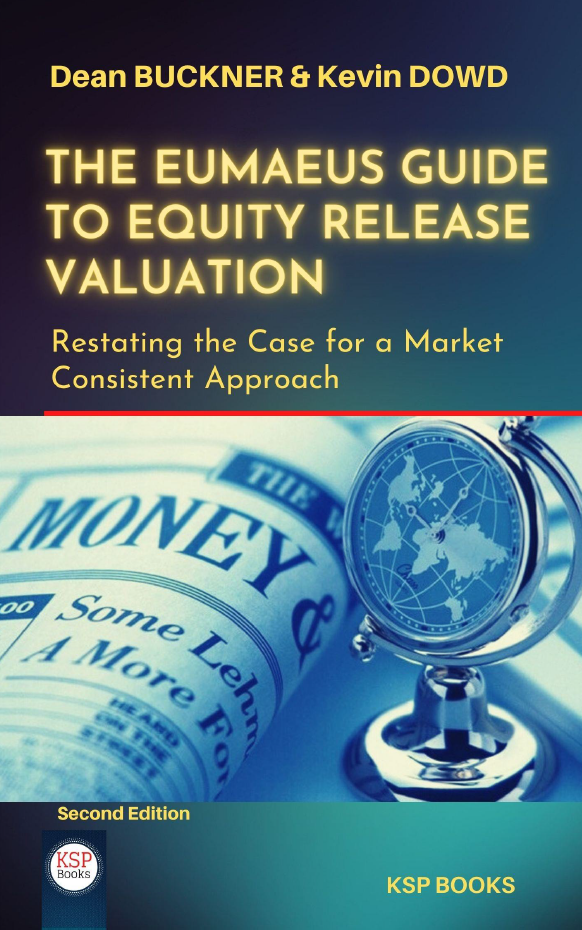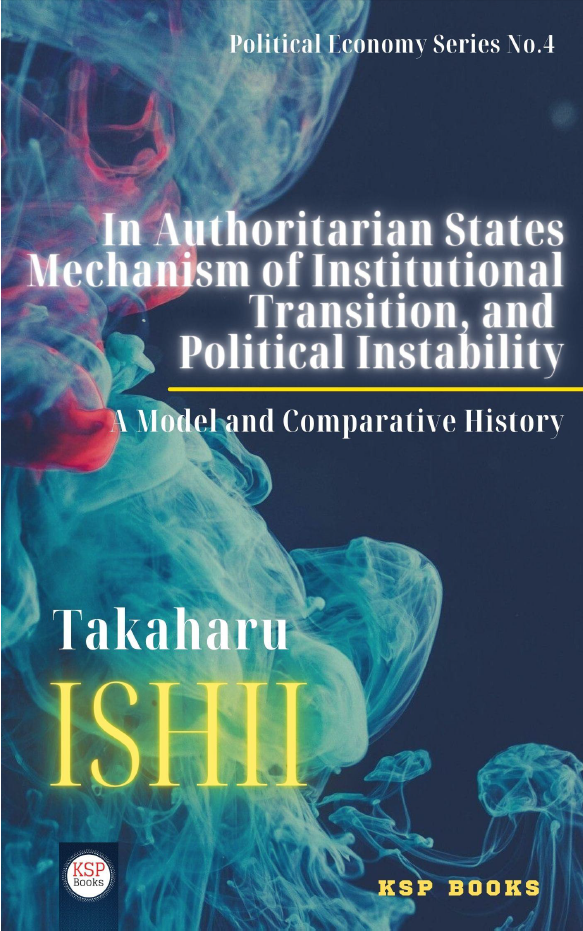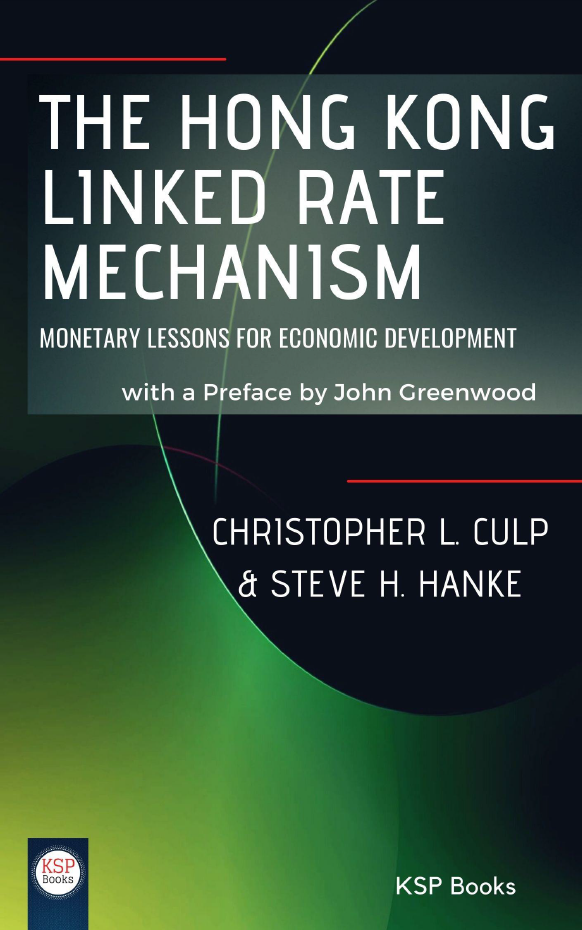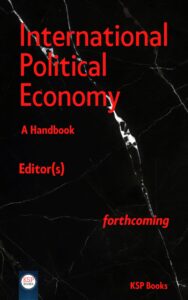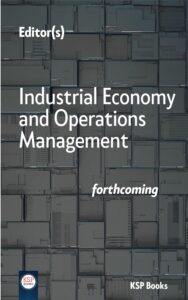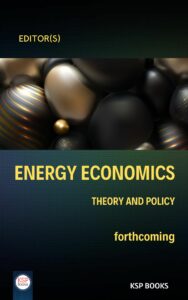By
Ana Paula Martins
Universidade Católica Portuguesa, Portugal
e-ISBN: 978-605-2132-54-8
Publishing Date: July 15, 2018
File Size: 3,814 MB
Length: x + 360 pages (PDF)
Language: English
Dimensions: 13,5 x 21,5 cm
 This Book is completely open access. You can freely read, download and share with everyone.
This Book is completely open access. You can freely read, download and share with everyone. 
This book inspects the interdependencies among social disruption signals and their relationship to economic conditions as emerging from available Portuguese time series. Comparisons with international cross-section evidence are provided. Three types of innovations are presented: firstly, it searches for interactions – and common causes – between indicators of general aggressiveness or pro-activity that include accident, suicide, divorce rates and armed forces along with criminality records. Secondly, it illustrates theoretical applications of principal components: in time series filtering; in cross-correlation and corresponding significance-level probabilities analysis; in the treatment of missing cases. Finally, estimators based on observational replicability of second moments are proposed.
Introduction
1. The Data: Available Social Distress Indicators
1.1. Cross-Section: International Indicators
1.2. Time Series: Portugal
2. Social Disruption Indicators: Common Factor and Trend Analysis
2.1. Principal Components – a Brief Overview and Some Extensions
2.2. Cross-Section Analysis: International Indicators
2.3. Time Series Evidence: Portugal
3. Linear Regressions and The Explanation of Individual Series
3.1. Introduction: Missing Observations and Replicated Moment Estimation
3.2. Divorces and Suicides
3.3. Accidents: Total, Fatal; Labor and Road, Total Deaths by External Causes
3.4. Crime and Justice: Reported Crimes, Criminal Convictions
3.5. Law Enforcement: Prison Inmates
3.6. Armed Forces
3.7. Strike Activity
4. The Four Knights of the Apocalypse: Determinants of Each Principal Component
4.1. System-Wide Principal Components – A Theoretical Note
4.2. Estimation: the Explanatory Set, Impact on the Dependent Set and Correlation Analysis
5. The Hand of Justice: Conviction Rates, Armed Forces and Exogeneity Tests
6. Summary and Conclusions
Appendix A
Appendix B
References
Ana Paula Martins
Universidade Católica Portuguesa, Portugal
Dr. Ana Paula Martins studied Economics in Lisbon at Catholic University of Portugal (BA 1982) and concluded a Ph.D. in New York at the Graduate School of Arts and Sciences of Columbia University (1987). She has taught at both schools and at New University of Lisbon graduate and undergraduate courses. Currently, she is Assistant Professor at the Catholic University of Portugal, where she has been teaching Labor Economics and Econometrics. She has published theoretical and applied research articles in Labor Economics and Quantitative Methods in refereed academic journals, and also been presenter and participant in numerous international scientific Conferences on various fields. She was a member of the Catholic University Library Council representing the Economics field.
Related EconPedia Items


